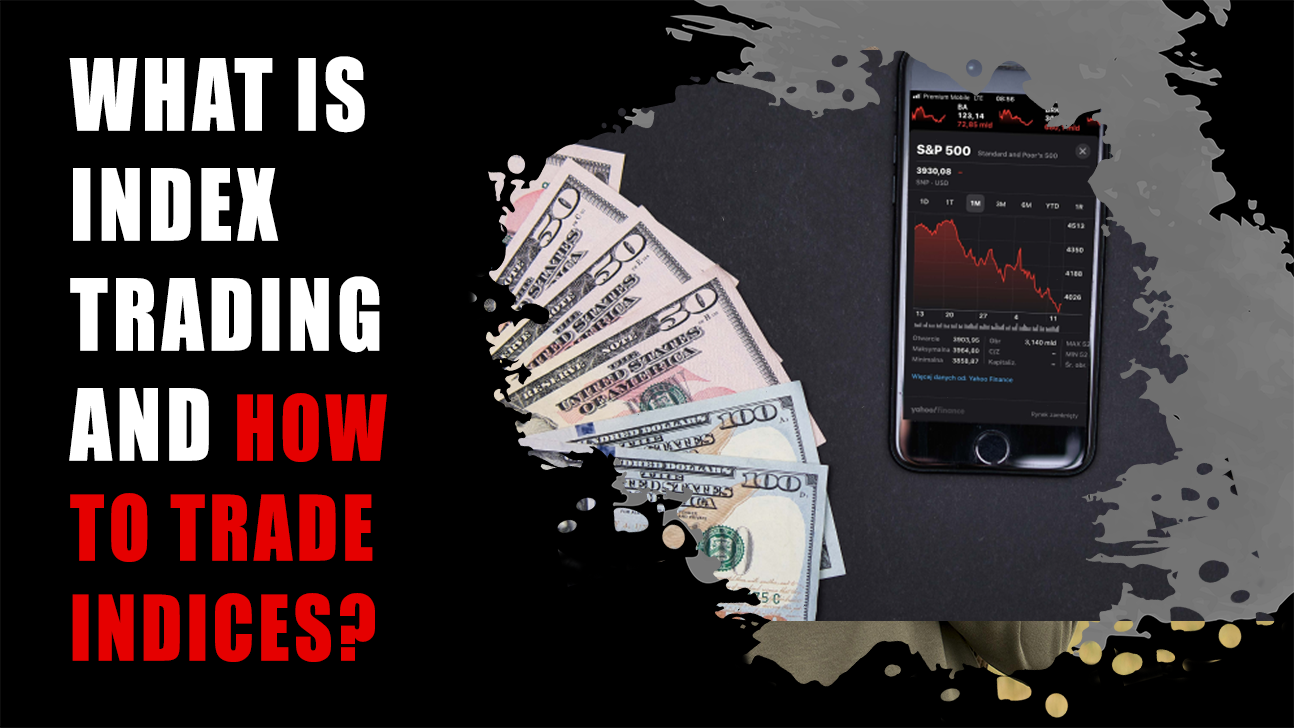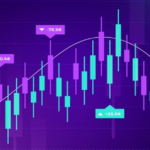Index trading is a popular form of trading in the financial markets, offering traders an opportunity to invest in entire sectors or economies. This type of trading involves buying and selling indices, which are essentially baskets of stocks representing a particular segment of the market. In this blog, we will explore what index trading is and how to effectively trade indices, while also highlighting the importance of selecting the right broker, such as those reviewed at Brokerreviewfx.
Understanding Index Trading
An index is a composite that represents the performance of a group of stocks. Some of the most well-known indices include the Dow Jones Industrial Average (DJIA), S&P 500, and NASDAQ in the United States, and others like the FTSE 100 in the United Kingdom and the Nikkei 225 in Japan. These indices provide a snapshot of the market’s health. They are also used as benchmarks for portfolio performance.
The Appeal of Index Trading
Trading indices offers several advantages. Firstly, it provides diversification, as you’re investing in a broad range of stocks rather than putting all your capital into a single stock. This reduces individual stock risk. Secondly, indices often reflect broader economic trends, making them somewhat predictable through fundamental analysis. Lastly, trading indices is convenient and cost-effective, as it allows exposure to many stocks without the need to purchase each one individually.
How to Trade Indices
Index trading is typically done through derivatives like CFDs (Contracts for Difference) or ETFs (Exchange-Traded Funds). CFDs allow traders to speculate on the price movement of indices without actually owning the underlying assets. ETFs, on the other hand, are investment funds traded on stock exchanges, much like stocks.
Understand the Market:
Knowledge of how different sectors and economies operate is crucial. For instance, the S&P 500 is a good indicator of the overall American economy.
Technical Analysis:
Use chart patterns as well as indicators to predict future price movements. Index charts tend to show clear trends and patterns.
Fundamental Analysis:
Economic indicators, political events, and financial news can all impact index prices. Thus, stay informed about global events.
Risk Management:
Use stop-loss orders and only invest a small portion of your capital in a single trade to manage risk.
Choosing the Right Broker
Competitive Spreads and Commissions:
Look for low-cost trading options to maximize profits.
Wide Range of Indices:
Ensure the broker offers a diverse range of indices to trade.
Robust Trading Platform:
A user-friendly platform with advanced analytical tools is essential.
Regulatory Compliance:
Choose a broker that is regulated by reputable financial authorities.
Excellent Customer Support:
Quick and efficient customer service is crucial, especially for new traders.
Educational Resources:
Especially important for beginners to learn the ropes of index trading.
Conclusion
Index trading is a dynamic and potentially profitable way to participate in the financial markets. By understanding the market, using technical and fundamental analysis, and employing risk management strategies, traders can take advantage of the opportunities indices offer. However, the success in index trading also heavily depends on choosing the right broker. Platforms like Brokerreviewfx can be invaluable in this regard, providing comprehensive reviews and insights into various brokers. So, these help traders make informed decisions. Consequently, whether you’re into forex or index trading, it’s crucial to always remember to research thoroughly and trade responsibly.












0 Comments